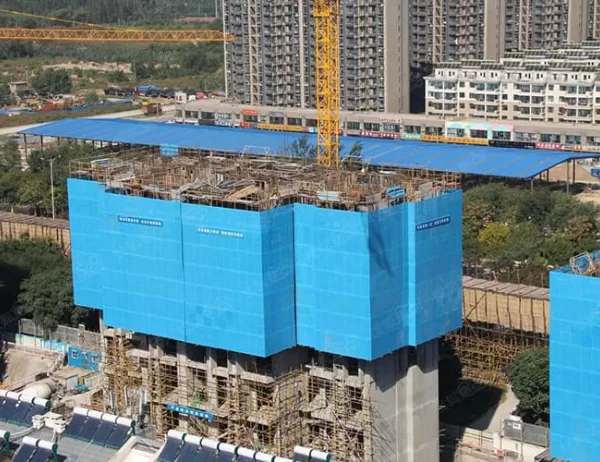In the ever-evolving realm of industrial manufacturing, aluminum profiles have emerged as a material par excellence. Their exceptional strength, corrosion resistance, and lightweight nature have made them indispensable in a wide range of industries. But the innovation in aluminum profile technology has reached new frontiers, opening up unprecedented possibilities for designers and engineers.
Advanced Extrusion Techniques:
Traditional extrusion techniques have been revolutionized by the advent of press quenching, a process that rapidly cools the extruded profile, resulting in enhanced strength and surface finish. This enables the production of complex profiles with intricate geometries and tighter tolerances.
Surface Treatments:
Aluminum profiles can now be subjected to a range of surface treatments that enhance their appearance and functionality. Anodization, for example, creates a durable oxide layer that protects against corrosion and wear. Powder coating provides a wide color palette and further improves durability.
Joining Techniques:
Innovation has also extended to joining techniques. Mechanical fastening has been complemented by advanced methods such as welding and bonding, which provide stronger and more aesthetically pleasing connections. These techniques allow for the integration of aluminum profiles into complex assemblies.
Automation and Robotics:
The rise of automation and robotics has transformed profile manufacturing processes. Automated handling systems streamline production, reduce labor costs, and improve accuracy. Robotic welding and assembly ensure precision and consistency, enabling the production of complex structures with minimal human intervention.
Sustainability and Energy Efficiency:
Environmental consciousness has spurred the development of sustainable aluminum profiles. Recycled aluminum content has increased, reducing the carbon footprint associated with production. Energy-efficient extrusion processes have been implemented to minimize energy consumption.
These innovations have catapulted industrial aluminum profile technology to new heights, unlocking its potential for applications in industries as diverse as automotive, aerospace, construction, and electronics. The possibilities are endless as engineers and designers continue to push the boundaries of innovation, transforming aluminum profiles into the building blocks of the future.




